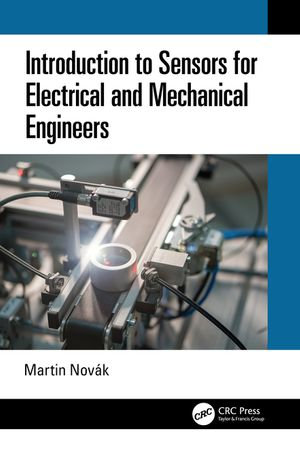
Introduction to Sensors for Electrical and Mechanical Engineers
By: Martin Novák
eText | 16 August 2020 | Edition Number 1
At a Glance
eText
$90.20
or
Instant online reading in your Booktopia eTextbook Library *
Why choose an eTextbook?
Instant Access *
Purchase and read your book immediately
Read Aloud
Listen and follow along as Bookshelf reads to you
Study Tools
Built-in study tools like highlights and more
* eTextbooks are not downloadable to your eReader or an app and can be accessed via web browsers only. You must be connected to the internet and have no technical issues with your device or browser that could prevent the eTextbook from operating.
ISBN: 9781000164268
ISBN-10: 1000164268
Published: 16th August 2020
Format: ePUB
Language: English
Publisher: CRC Press
Edition Number: 1
You Can Find This eBook In
Non-FictionEngineering & TechnologyEnergy Technology & EngineeringElectrical EngineeringMechanical Engineering & MaterialsMechanical EngineeringEnvironmental ScienceTechnology in GeneralInstruments & Instrumentation EngineeringElectronics & Communications EngineeringElectronics EngineeringCircuits & Components
This product is categorised by
- Non-FictionEngineering & TechnologyEnergy Technology & EngineeringElectrical Engineering
- Non-FictionEngineering & TechnologyMechanical Engineering & MaterialsMechanical Engineering
- Non-FictionEngineering & TechnologyEnvironmental Science
- Non-FictionEngineering & TechnologyTechnology in GeneralInstruments & Instrumentation Engineering
- Non-FictionEngineering & TechnologyElectronics & Communications EngineeringElectronics EngineeringCircuits & Components
- Non-FictionEngineering & TechnologyTechnology in GeneralEngineering in General

























